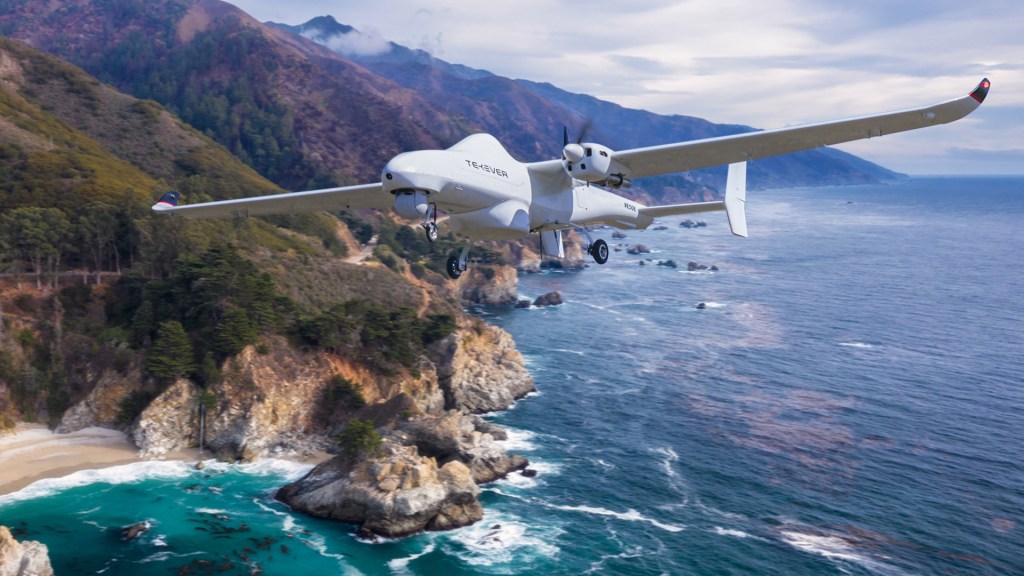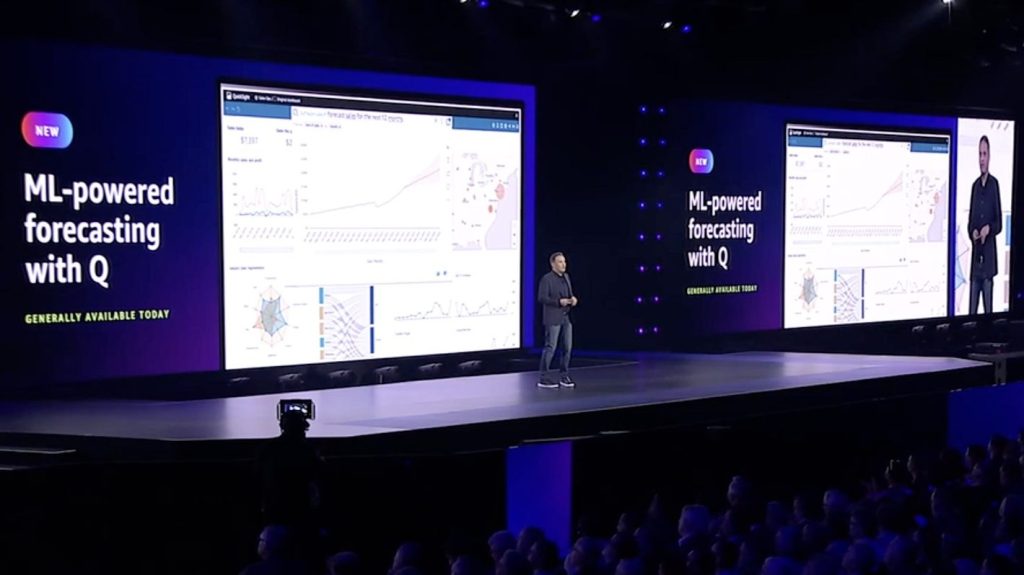Industrial drones — the enterprise complement to the unmanned aerial vehicles that consumers own for leisurely use — are taking off in the market, fueled by a new wave of software and hardware technology that improves their battery life, reach and performance, and a growing number of organizations investing in these services to raise their data operations games. Today, a company focused specifically on developing AI for drones for maritime deployments is announcing a round of funding after seeing strong demand for its devices and services.
Tekever, which builds drones with integrated AI specifically tailored for monitoring and detecting activity on water, has raised €20 million (just under $23 million at today’s rates). Ventura Capital led the round, with participation from Iberis Capital and a number of unnamed strategic investors from the maritime industry. It will be using the funding to hire more people, and to continue building out its technology.
Tekever — based, fittingly, in historic maritime superpower Lisbon, Portugal — was founded back in 2001 and has only been offering commercial services since 2018. But it has been profitable for some time now and expects to grow at a CAGR of 60% over the next three years. And indeed, this is the company’s first outside funding, made to double down on expanding its technology and selling to a wider set of organizations as the business opportunity grows.
Tekever’s customers include governments and their agencies, which use the company’s services to monitor waters for illegal activity; and private shipping and other seafaring companies, which use the drones to track weather patterns, traffic on the water, and other physical activity that might impact their businesses.
Tekever was started by a team of intelligence and AI specialists, and co-founder and CEO Ricardo Mendes describes it as a vertically integrated business, where it designs and makes both its drones and the technology that is loaded onto them to monitor and “read” what is going on in the water below, and even predict what might happen next.
A vertically integrated drone company is not such a rare thing, but what is a little more unusual is the order in which way Tekever built its stack.
“We started from the opposite direction of every other company working in the drone sector,” Mendes joked. The company first set out to build the technology to read its terrain — in its case, bodies of water — and then built drones fit for the purpose of making its software work. That included specific antennae, sensors and power integrated into the body of the aircraft themselves. (This also makes it essentially, at this point, impossible for the software to work on other aircraft.) The software, meanwhile, is architected to work using a mix of edge AI, satellite communications and cloud computing.
Building your own very specialized drone hardware is hard (and expensive). But that was intentional, it turns out. Tekever sells both components, but most commonly operates its own fleet, and sells drone-based surveillance services, branded Atlas, which Mendes described to me as “intelligence as a service.” He said that approach was specifically taken to make its products as widely accessible as possible, since its drones — with wingspans that start at two meters and can be as wide as eight meters, with flying times as long as 20 hours — are too cost-prohibitive for anyone but the very biggest customers.
“The question we set out to answer was, ‘what do you need to do to make this simple and available all over the world, not just to the richest nations?” he said. “The drones are just one part of the chain.”
As an example of how Tekever is used, both the European Maritime Security Agency (EMSA) and the United Kingdom’s Home Office are customers, but so are smaller African republics. They variously use the technology to monitor their waters for vessels involved in piracy, drugs, human trafficking, migrant smuggling, pollution, illegal fishing or infrastructure security threats.
A recent report in the Guardian laid bare how European government agencies are investing millions of euros on drones and other military technology to expand their surveillance of refugee groups, its clear message being that those investments are not deterring illegal migration and are only encouraging vulnerable people to take even more risky routes. Others in the space, like Anduril, have reaped huge financial rewards, arguably on the back of their own controversy. But Tekever’s CEO and founder believes that his company not only fills a specific technical gap in the market, but that its use ensures more good than it does harm.
“When you are talking about vast regions like the ocean there are a lot of unknowns about what is going on,” he said. Typically, organizations have relied on satellite imagery to get pictures of what is going on in the water, but this is not ideal since most satellite imagery is days old by the time it’s seen by a user. “Fishing, smuggling, trafficking, immigration — these are all areas where real-time intelligence is required. It’s not just footage, but the beginning of solving the problem. The objective is that you should be able to act before something bad happens,” and, because Tekever is also using predictive analytics, to preview what will come.
“What we are doing is gathering vast amounts of data to solve problems as they occur,” he said, noting that even having an extra five minutes to respond can make a difference because of how fast conditions can change in the water. For the U.K.’s Home Office, for example, he noted that one priority has been to identify migrant boats in the English Channel to help escort them to shore, to avoid potentially tragic accidents. “The press focuses on the migration issue itself, but it’s a huge humanitarian issue,” he said.
Going forward, there is a vast amount — a sea, even — of ways that Tekever might develop its technology. Looking at and making sense of bodies of water requires the crunching of vast amounts of data, Mendes said, but that also gives the company a large number of data sets that could be put to use, too. It has yet to be able to read submarine activity, something that today needs lidar and radar on seacraft to identify; but that is an area it’s starting to develop. Another is to identify and classify oil spills, he said.
Right now, Tekever’s focus remains on what Mendes described to me as “the blue economy”, but it is also breaking ground on… ground. Its focus seems to be to continue trying to create new ways of looking at the most complicated terrains. One area he noted it wants to do more in is forest and specifically rainforest. It invested in a Brazilian drone company, Santos Lab, several years ago, giving it a foothold in that part of the world.
“Tekever is a very unconventional UAS company and a market leader with outclass technology, thousands of hours of operational experience, a seasoned leadership team and a phenomenal and profitable business vision in a fast-growing market,” said Mo El Husseiny, managing partner at Ventura Capital, in a statement. “These attributes have made it a flagship investment for Ventura, aligned to our portfolio of disruptors in technology.”
“Tekever is one of the hottest European Deeptech scaleups, and we’re very proud to continue working with the team and helping them disrupt the global market” added Diogo Chalbert Santos, a partner at Iberis Capital. “It’s amazing what Tekever has already achieved as a bootstrapped business and I’d say not even the sky is a limit with this round.” (It seems that Santos can’t resist a pun, an investor after my own heart.)































Comment